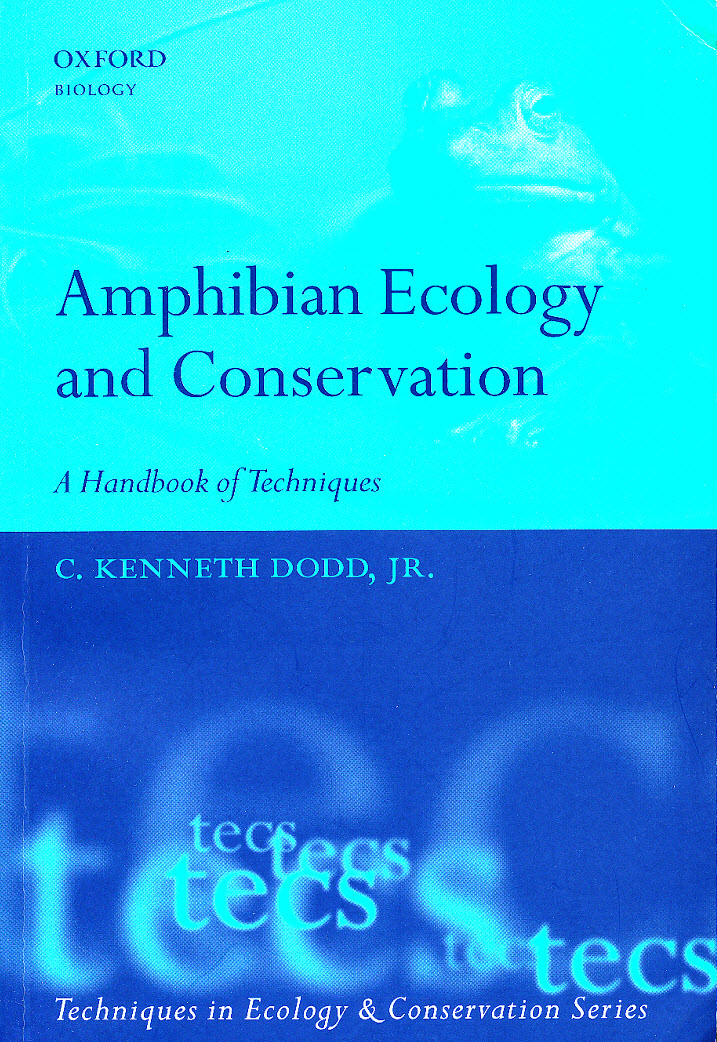Selection of species and sampling areas: the importance to inference
Abstract/Summary
The path to strong inference leads through good study design that incorporates probabilistic sampling from a well-defi ned population. Inventory and, especially, monitoring studies stray from this path when scientifi c rigor is sacrificed to logistic constraints and convenience in data collection. Tension often exists between the field biologist and the consulting statistician regarding the requirements of good study design and the logistical realities of data collection. Having been on the field biologist’s side of the argument, I can testify that the attitude summarized by “Yes, we realize valid sample selection is important, and it would be nice, but we have to collect data from the real world”, is fairly common. Constraints in site selection can be incorporated into study design, such as by stratifying based on accessibility, and the resulting analysis can test hypotheses about whether populations that are easily accessible differ from those that are not.
The perils of convenience sampling also apply to choice of life stage to study or explanatory variables to incorporate in a model. The easiest life stage to study may not be the same one that is most sensitive to external factors, and variables should not be included in a model simply because the data are available. There is no “magic bullet” for sampling amphibians. No single technique encompasses the variety of life histories of amphibians or the habitats in which they can be found. Occupancy analysis provides a useful tool for avoiding the pitfalls of using simple count data or the logistic diffi culties of obtaining unbiased estimates of abundance, but it is not a panacea. Ultimately, the design that allows the strongest inference will be one that avoids convenience sampling and minimizes untested assumptions when the data are analyzed.
Publication details
| Published Date: | 2009 |
| Outlet/Publisher: | Dodd CK Jr, editor. Amphibian ecology and conservation, a handbook of techniques. Oxford University Press 431–446 |
| Media Format: |

